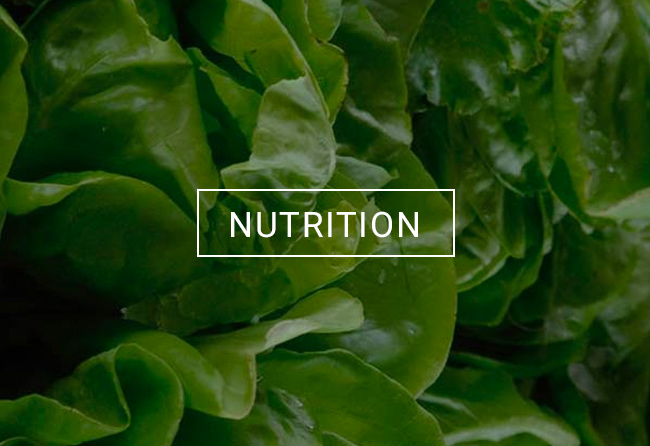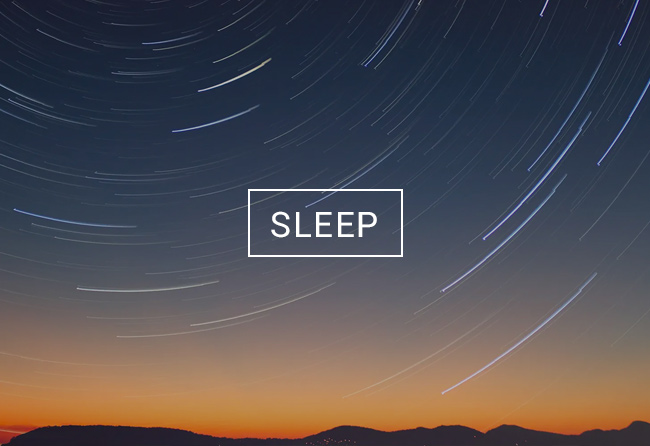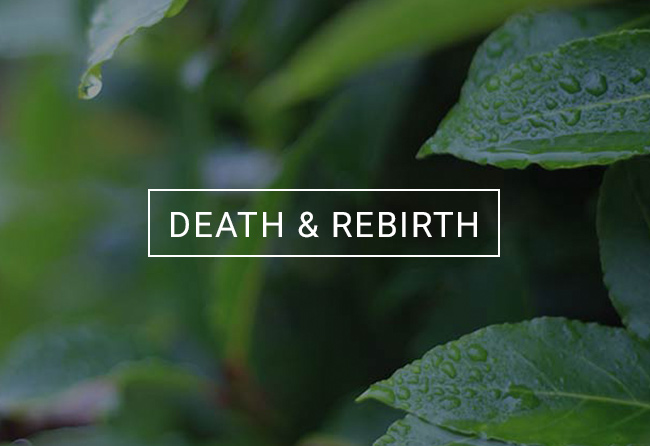POWERED BY THE GLOBAL HEALTH EDUCATION INITIATIVE
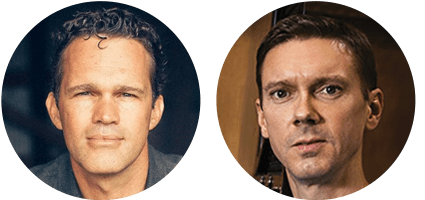
By: Dr. Zach Bush
(Co-authored by Dr. Peter Cummings)
In recent decades, we’ve witnessed a rapidly increasing mix of toxic herbicides in the American and global food system.
From the advent of genetically engineered corn in the 1990s to the direct genetic engineering of humanity through the current COVID19 vaccination program, our chemical industry and regulatory agencies have aligned to place human biology in a precarious state.
The implications for human health, disease, infertility, and extinction can generate feelings of anxiety and create a downstream physiologic stress response. This is counterproductive for the forward movement of human ingenuity and consciousness. In a step forward together, we are focusing this installment of the Global Health Initiative on the neuroscience of stress and release, giving you actionable strategies to live a more healthy, balanced life with less fear, and more creativity.
The human brain is one of the great mysteries of the universe. Despite centuries of study, we still know very little about how the brain is able to do what it does. As a neuroscientist, the more I learn about the brain, the less I know. The brain is a constant source of wonderment, and I marvel with amazement at how it’s able to propel us through the world, produce personality, create music and art, and allow us to feel emotions.
Systems of the Brain
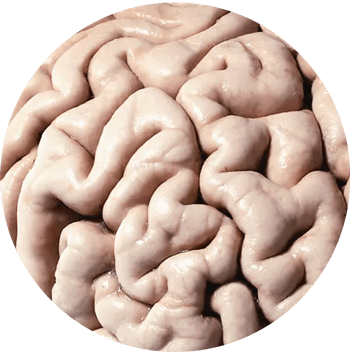
Central Nervous System

Peripheral Nervous System
Everything outside the brain and spinal cord
The peripheral nervous system can be even further broken down into two additional functional categories:

Sensory Functions
allow us to feel things like pain, touch and temperature.
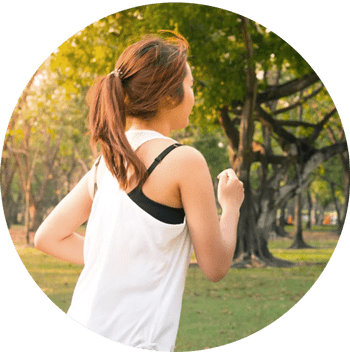
Motor Functions
Motor Functions of the peripheral nervous system can be further subdivided into voluntary and involuntary systems. The voluntary motor system is what allows you to move your muscles to perform daily tasks, such as walking, running and eating. The involuntary motor system includes the sympathetic nervous system and the parasympathetic nervous system. This is where things get really interesting and will be the focus of the following discussion.

Sympathetic Nervous Systems (SNS)

Parasympathetic Nervous Systems (PSNS)

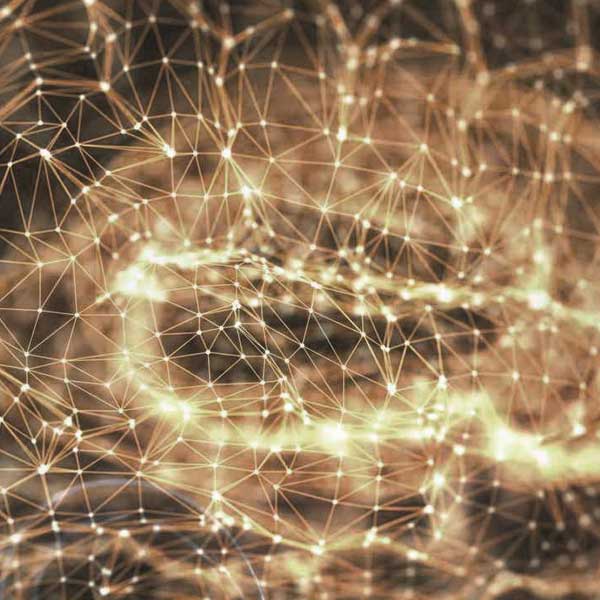
The Vagus Nerve and the Reticular Activating System
The main regulator of the parasympathetic nervous system is the vagus nerve, also known as the 10th cranial nerve. It originates from the brainstem, and after exiting the skull, it travels all over the body. In fact, vagus means “the wanderer.” I remember in medical school lectures getting just one slide about the vagus nerve, as a footnote almost, declaring that it slows heart rates, controls digestion — and that was about it. However, the role of the vagus nerve in maintaining health and wellbeing cannot be overstated.
The vagus nerve helps counterbalance the effects of the sympathetic nervous system by reducing heart and breathing rates. It also signals for the release of prolactin, vasopressin, and oxytocin — all of which induce relaxation. Additionally, it plays a vital role in reducing inflammation and helps to support our gut microbiome, where 95% of our mood-stabilizing neurotransmitter serotonin is produced. The vagus nerve promotes connections within your amygdala and hippocampus assisting in memory formation. The activity of the vagus nerve has a major role in promoting the deep sleep necessary for tissue repair and regeneration. All of these actions collectively make the PSNS a powerful healing mechanism.
At the other extreme, it’s the job of the SNS to be on alert for potential threats. It does so through the activity of the Reticular Activating System (RAS), which is a network of nerve connections residing in the brainstem. The RAS can be considered our danger radar because it sifts through the constant background noise of life, trying to identify potential threats. When a threat is detected, the RAS sends a powerful signal to our cortex, which brings information about the danger into our awareness so we can use high order thinking to strategize a solution. As an example, the RAS is responsible for waking you in the night when your baby cries or when a fire alarm goes off. It’s signaling to the brain, “hey, we need to be aware of this.”
Everything that we become aware of enters our awareness by passing through the RAS. Because of this, the RAS can pose a multitude of problems in our daily lives by creating unwanted stress and anxiety via it’s activation of the SNS. When we interpret the world as being only what we are aware of, everything can be viewed as a threat. Then the world becomes a source of danger and we constantly feel attacked. In response, we wage a war on our environment, trying to control it, tame it, or conquer it. This leads to immense damage to ourselves and the world around us.
Interpreting the world with the RAS leads to us living our lives in fear. In such a state, we cling to the past and obsess about the good old days, or we beat ourselves up over past mistakes. Fear also drives us to obsess about the future and worry about things that haven’t happened yet. In doing this, we place great importance on past or future events at the expense of the present, which is where the true value of life resides. Because of this, we ultimately end up with an almost paralyzing fear of death, which is really the fear of losing our identities as ‘self’.
This is where our PSNS becomes crucial to our lives. Being able to turn on the PSNS via the vagus nerve and shut down the anxiety created by the SNS is a skill we can all learn.
Strategies to promote relaxation
1. Deep breathing.
2. Use your voice.
3. Laughter is the best medicine.
4. Cold water.
5. Sleep.
6. Eat organic whole foods and hydrate.
In our Nutrition webinar, we discussed how foods such as green leafy vegetables, brightly colored vegetables, berries and fish oils can optimize brain function and enhance the activity of the vagus nerve. Many of our most common neurotransmitters used by the brain such as GABA, norepinephrine, serotonin, dopamine, and acetylcholine are produced in the gut.
Serotonin is an important neurotransmitter, which helps to regulate our sleep cycle and mood — it’s our de-stressing hormone. People who have low levels of serotonin experience anxiety, depression, aggression, irritability, and insomnia. 95% percent of our serotonin is produced in the gut by the billions of bacteria that make up our gut microbiome.
Several scientific studies have found that individuals with a healthy gut microbiome have decreased levels of stress, anxiety, and depression and have a generally more positive outlook, compared to individuals with altered gut bacteria populations. More recent research suggests that our gut microbiome can also play a role in reducing chronic inflammation, regulating glucose and insulin balance, and potentially even improving cognitive scores in people with dementia. A healthy gut is a healthy brain.
7. Learn the lessons of death.
The past and future only exist as products of our imagination and are created by the filter of the RAS. The great lesson of death is in letting go of your attachments to the past and future and living life in the now. Be kind to yourself: no amount of guilt will repair your past and no amount of worry will transform your future. You are worthy of self love.
8. The power of touch.
9. Understand you are an integral part of nature, not a separate entity.
10. Avoid “the distraction of the dramatic.”
11. Be aware of the RAS.


You are in control
We are an intelligent species, connected to a vast web of micro and macro-ecosystems. We can return to a cooperative, constructive, and co-creative member of this web of life.
Understanding a bit more about how the brain creates stress and anxiety can help us find effective strategies to manage these emotional responses. We often view the brain as an organ that controls everything we do, and we forget we have as much control over the brain as it has over us. We can turn off the SNS and activate the PSNS. We can control our thoughts, our actions and our intentions and thus control our emotions and responses to things in our lives. You are in control of how your brain interprets the world. Using the strategies listed above will assist you in gaining this control and allow you to stop living the illusion of a life separate from nature.

